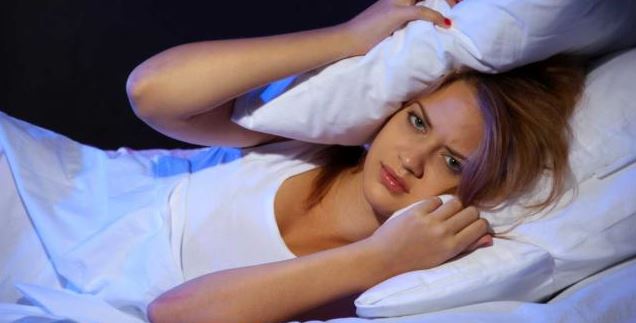It is estimated that at least 1 in 10 adults, who live in developed countries, have an undiagnosed sleep disorder that could result in serious longer term health impacts. There are a wide range of sleep disorders, ranging from more common and well known conditions such as Insomnia or Obstructive Sleep Apnoea, to more rare disorders such as Narcolepsy.
To learn more about various sleep disorders, select from the options below.


